Home>Gardening & Outdoor>Landscaping Ideas>What Do Grubs Do To Grass
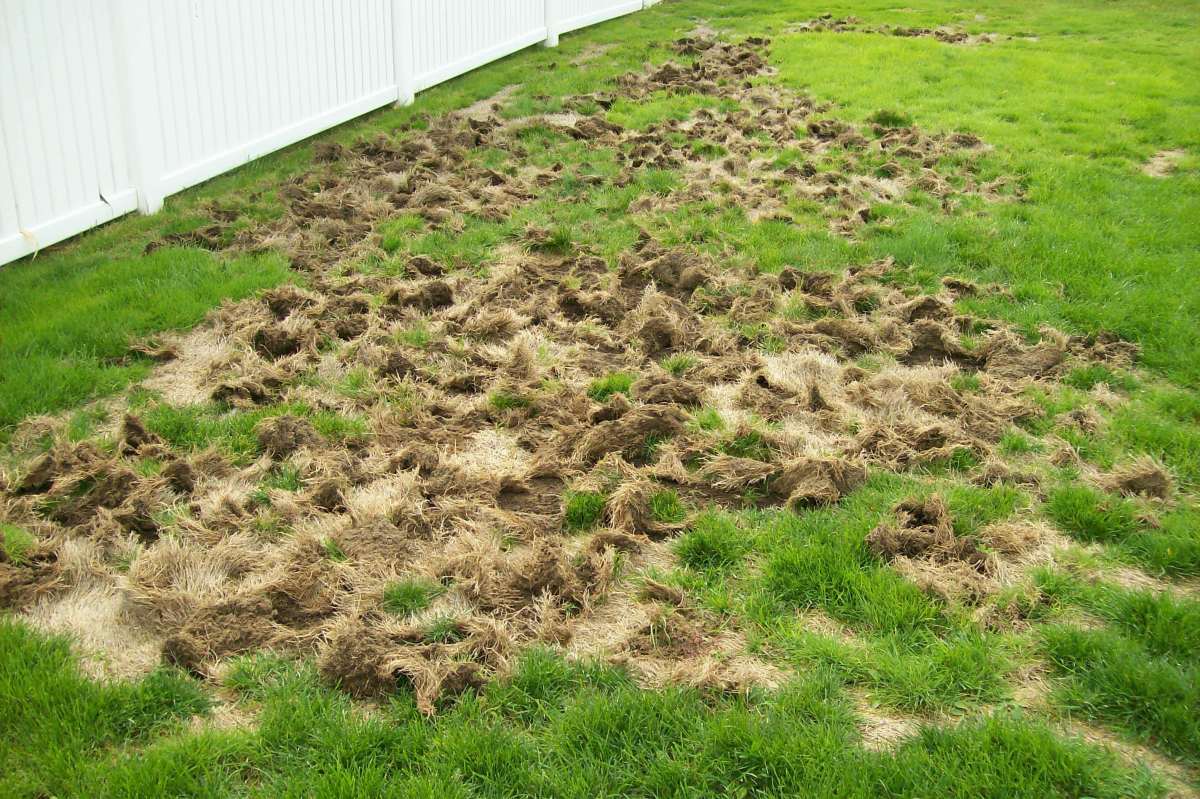

Landscaping Ideas
What Do Grubs Do To Grass
Modified: February 18, 2024
Discover effective landscaping ideas to protect your grass from the damaging effects of grubs. Learn how to maintain a healthy lawn with our expert tips.
(Many of the links in this article redirect to a specific reviewed product. Your purchase of these products through affiliate links helps to generate commission for Storables.com, at no extra cost. Learn more)
**
Introduction
**
When it comes to maintaining a lush and vibrant lawn, dealing with pests is often an inevitable challenge. Among the many potential threats to the health of your grass, grubs are a particularly common and troublesome adversary. These small, C-shaped larvae have the potential to wreak havoc on your lawn, causing unsightly damage that can be difficult to reverse. In this article, we will delve into the world of grubs and explore their impact on grass. By understanding the behavior of these underground pests and learning how to identify and address their presence, you can take proactive measures to protect your lawn and preserve its natural beauty. Let's embark on a journey to uncover the secrets of grubs and their effects on grass, empowering you to make informed decisions in safeguarding your outdoor oasis.
Key Takeaways:
- Grubs, the underground pests, damage grass by feeding on grassroots, causing spongy texture, brown patches, and making the grass more susceptible to environmental stressors like drought and extreme temperatures.
- To prevent and treat grub damage, maintain soil health, encourage beneficial organisms, apply preventive treatments, and implement curative insecticides. Regular monitoring and strategic interventions are essential for a thriving lawn.
Read more: What Do Grass Grubs Look Like
What Are Grubs?
Grubs are the larval stage of various beetles, including Japanese beetles, June bugs, and European chafers. These creamy-white, C-shaped creatures reside in the soil, where they feed on grassroots and organic matter. While they may seem innocuous at first glance, their subterranean activities can have detrimental effects on the health and appearance of your lawn.
During their development, grubs undergo several instars, or stages of growth, before transforming into adult beetles. As they mature, they voraciously consume grassroots, impeding the grass’s ability to absorb water and nutrients from the soil. This can lead to patches of discolored, wilted, or dying grass, signaling the presence of an underlying grub infestation.
Grubs are most active during the spring and fall, making these seasons critical times for monitoring and managing their population. By familiarizing yourself with the life cycle and behavior of grubs, you can take proactive measures to safeguard your lawn from their destructive tendencies.
How Do Grubs Damage Grass?
Grubs inflict damage on grass through their relentless feeding on grassroots, which serves as the primary source of sustenance for these voracious larvae. As they consume grassroots, they disrupt the grass’s ability to absorb water and essential nutrients from the soil, leading to visible signs of distress on the lawn’s surface.
One of the most significant ways grubs damage grass is by causing the turf to become spongy or loose. This is a result of the weakened root system, which compromises the grass’s anchoring in the soil. As a consequence, the affected areas may feel soft underfoot, indicating a decline in the grass’s structural integrity.
Additionally, the feeding activity of grubs can create patches of discolored or dying grass. These areas may appear brown, wilted, or have an overall unhealthy appearance. As the damage progresses, the affected patches may expand, leading to a widespread deterioration of the lawn’s aesthetic appeal.
Furthermore, the disruption of grassroots by grubs can render the grass more susceptible to environmental stressors, such as drought and extreme temperatures. Weakened grass is less resilient in the face of adverse conditions, making it more prone to withering and browning, especially during periods of limited rainfall or intense heat.
By undermining the grass’s foundational support and impeding its ability to thrive, grubs can compromise the overall health and vitality of your lawn, necessitating prompt intervention to mitigate their destructive impact.
Signs of Grub Damage
Identifying the signs of grub damage is crucial for implementing timely and effective measures to protect your lawn. By recognizing the indicators of a potential infestation, you can take proactive steps to address the issue before extensive damage occurs. Here are several telltale signs that may signify the presence of grubs:
- Brown Patches: Irregular patches of brown, wilted, or dying grass may indicate grub activity beneath the surface. These areas often expand as the infestation progresses, leading to widespread discoloration across the lawn.
- Spongy Texture: Affected areas of the lawn may exhibit a spongy or soft texture, signaling weakened grassroots due to grub feeding. This can make the turf feel unstable and less resilient.
- Increased Pest Activity: The presence of other pests, such as birds, raccoons, or skunks, digging into the lawn in search of grubs can serve as a visible indication of an underlying grub infestation.
- Visible Grubs: While not always easily observable, lifting a section of damaged turf may reveal the presence of grubs in the soil. Their C-shaped bodies and creamy-white appearance distinguish them from other soil-dwelling organisms.
- Wilting Grass: Grass that appears to be wilting or struggling to maintain its vibrancy, especially in localized areas, may be experiencing the effects of grub damage on its root system.
It is essential to monitor your lawn regularly for these signs, especially during the spring and fall when grubs are most active. By staying vigilant and promptly addressing any indications of grub damage, you can safeguard the health and beauty of your grass from the detrimental impact of these underground pests.
Applying beneficial nematodes to your lawn can help control grub populations. These microscopic organisms are natural predators of grubs and can help protect your grass from damage.
Preventing Grub Damage
Implementing proactive measures to prevent grub damage is essential for preserving the health and vitality of your lawn. By adopting preventive strategies, you can minimize the risk of a detrimental infestation and maintain a thriving grassy expanse. Here are several effective methods for preventing grub damage:
- Promote Soil Health: Maintain well-aerated and healthy soil to encourage robust grassroots, making it more challenging for grubs to cause significant damage. Regular aeration and proper soil amendments can contribute to a resilient lawn that is less susceptible to grub infestations.
- Mow at the Correct Height: Keep your grass at an optimal height to promote its vigor and resilience. Avoid mowing too short, as this can weaken the grass and make it more susceptible to damage from grubs and other stressors.
- Encourage Beneficial Organisms: Foster a balanced ecosystem in your lawn by promoting the presence of natural predators of grubs, such as parasitic nematodes and certain bird species. This can help control the grub population and mitigate potential damage.
- Apply Grub-Resistant Grass Varieties: When establishing or overseeding your lawn, opt for grass varieties known for their resistance to grub damage. These cultivars exhibit enhanced tolerance to grub feeding, reducing the likelihood of extensive damage.
- Monitor Moisture Levels: Maintain appropriate moisture levels in your lawn, as dry or stressed grass is more susceptible to grub damage. Adequate watering practices can contribute to the overall resilience of the turf.
- Consider Preventive Treatments: Explore the option of applying preventive insecticides or biological control agents specifically designed to target grubs. These treatments can create a protective barrier against potential infestations, safeguarding your lawn from significant damage.
By incorporating these preventive measures into your lawn care routine, you can fortify your grass against the destructive impact of grubs and minimize the risk of extensive damage. Taking a proactive approach to grub prevention is key to nurturing a resilient and flourishing lawn that enhances the beauty of your outdoor environment.
Read more: What Is Grass Grub
Treating Grub Damage
Addressing grub damage requires a strategic and targeted approach to restore the health and vitality of your lawn. By implementing effective treatment methods, you can mitigate the impact of grubs and facilitate the recovery of your grass. Here are several steps to consider when treating grub damage:
- Identify the Severity: Assess the extent of the damage and determine the density of the grub population in the affected areas. This evaluation can guide your treatment decisions and help tailor the approach to the specific needs of your lawn.
- Implement Curative Treatments: Consider applying curative insecticides that target grubs to reduce their population and prevent further damage. Follow the product instructions carefully and apply the treatment at the appropriate time to maximize effectiveness.
- Promote Recovery: Implement lawn care practices that support the recovery of damaged areas, such as overseeding to fill in bare patches, regular watering to encourage new growth, and appropriate fertilization to bolster the grass’s resilience.
- Monitor Progress: Keep a close eye on the treated areas and monitor the grass’s response to the treatment. Regular observation can help gauge the effectiveness of the intervention and identify any lingering signs of grub activity.
- Consider Professional Assistance: If the damage is extensive or the grub infestation is particularly severe, seeking the expertise of lawn care professionals can provide tailored solutions and specialized treatments to address the issue effectively.
- Prevent Future Infestations: Once the current damage is under control, focus on preventive measures to minimize the risk of future grub infestations. This may include applying preventive insecticides, promoting soil health, and fostering a balanced ecosystem in your lawn.
By taking a systematic and comprehensive approach to treating grub damage, you can revitalize your lawn and promote its recovery from the impact of these underground pests. With diligent care and targeted interventions, you can restore the lush green expanse of your grass and fortify it against potential threats in the future.
Conclusion
Grubs pose a significant threat to the health and beauty of your lawn, making it essential to understand their behavior and the potential impact of their presence. By recognizing the signs of grub damage and implementing preventive measures, you can fortify your grass against the destructive tendencies of these underground pests. Regular monitoring, proper lawn care practices, and strategic interventions are key to preserving the resilience and vibrancy of your lawn in the face of potential grub infestations.
Whether through promoting soil health, fostering a balanced ecosystem, or implementing targeted treatments, addressing grub damage requires a multifaceted approach that prioritizes the long-term well-being of your lawn. By taking proactive steps to prevent and treat grub damage, you can cultivate a lush and thriving outdoor oasis that enhances the beauty of your property and provides a welcoming environment for leisure and relaxation.
Armed with knowledge and a proactive mindset, you can navigate the challenges posed by grubs and safeguard the vitality of your lawn, ensuring that it remains a source of pride and natural splendor for years to come.
Frequently Asked Questions about What Do Grubs Do To Grass
Was this page helpful?
At Storables.com, we guarantee accurate and reliable information. Our content, validated by Expert Board Contributors, is crafted following stringent Editorial Policies. We're committed to providing you with well-researched, expert-backed insights for all your informational needs.
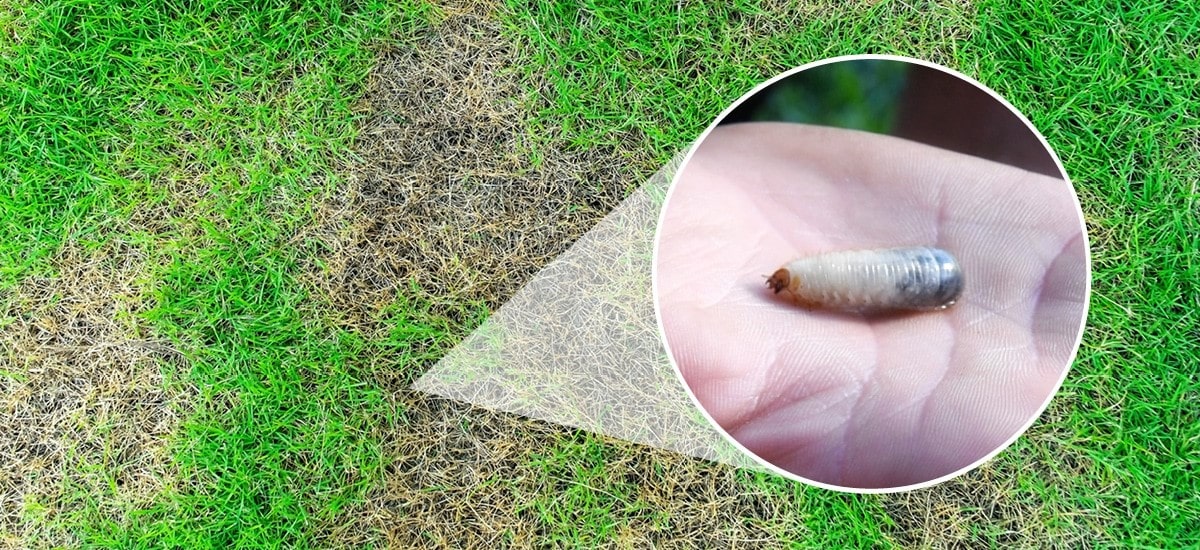
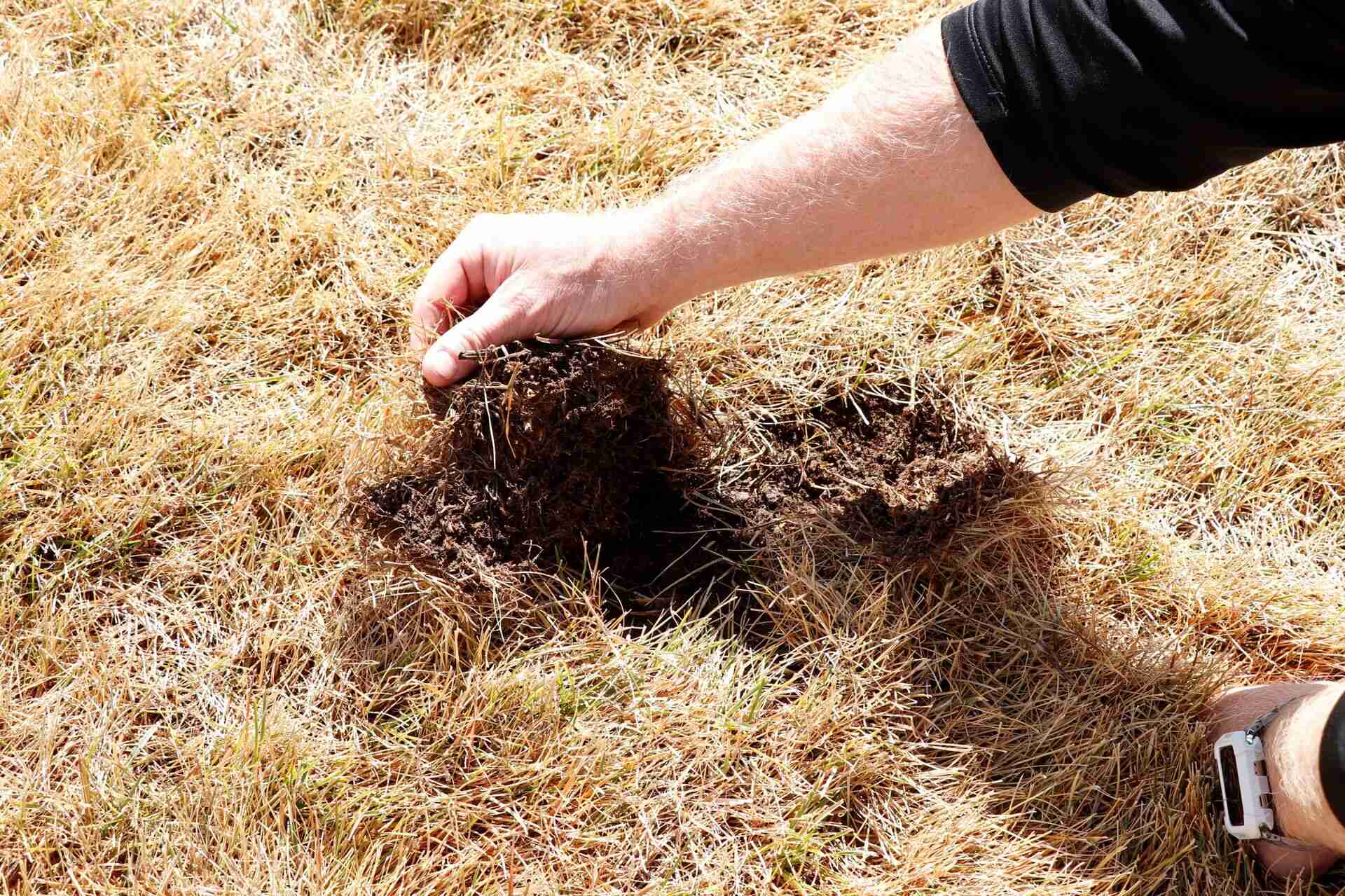
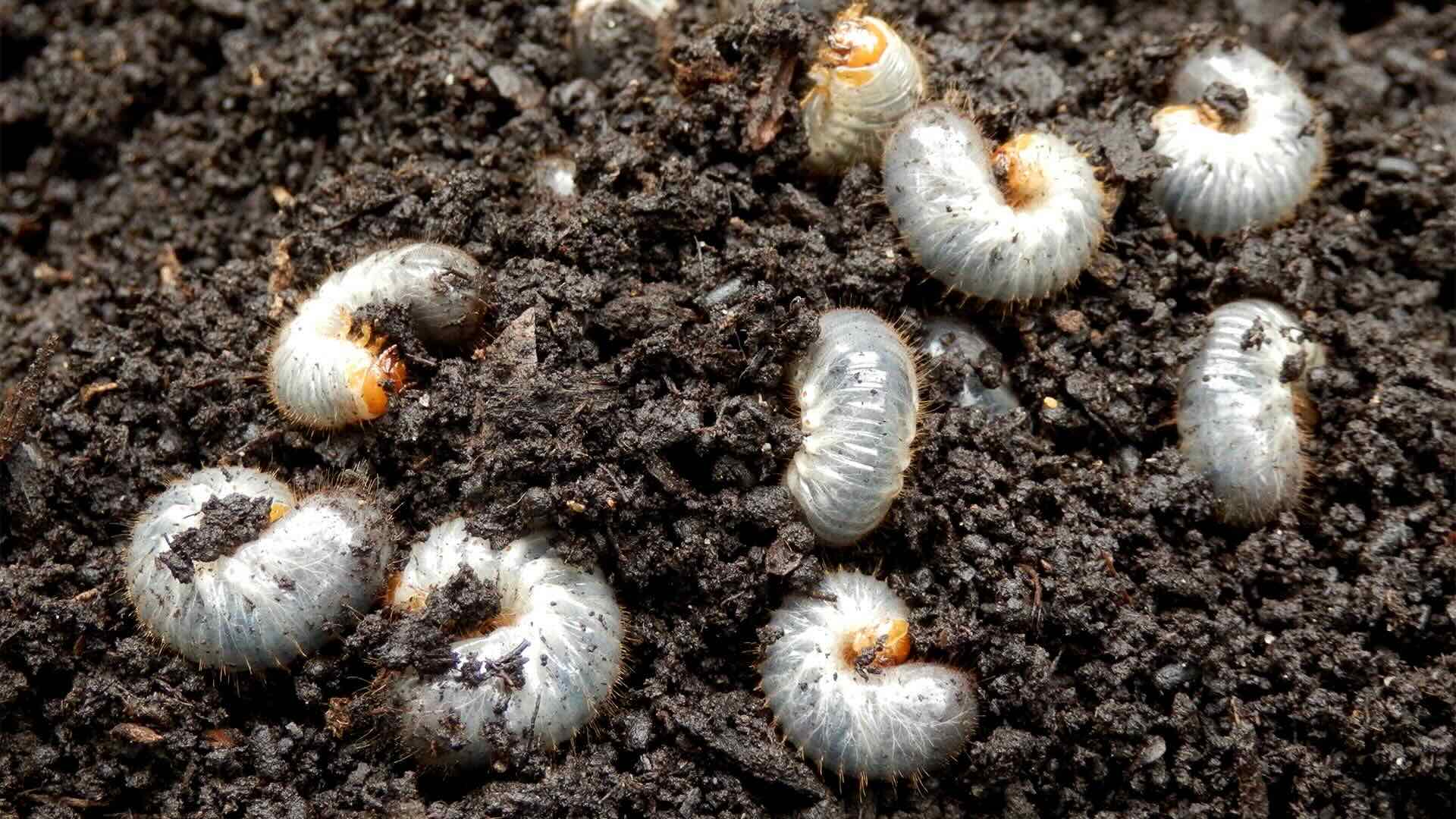
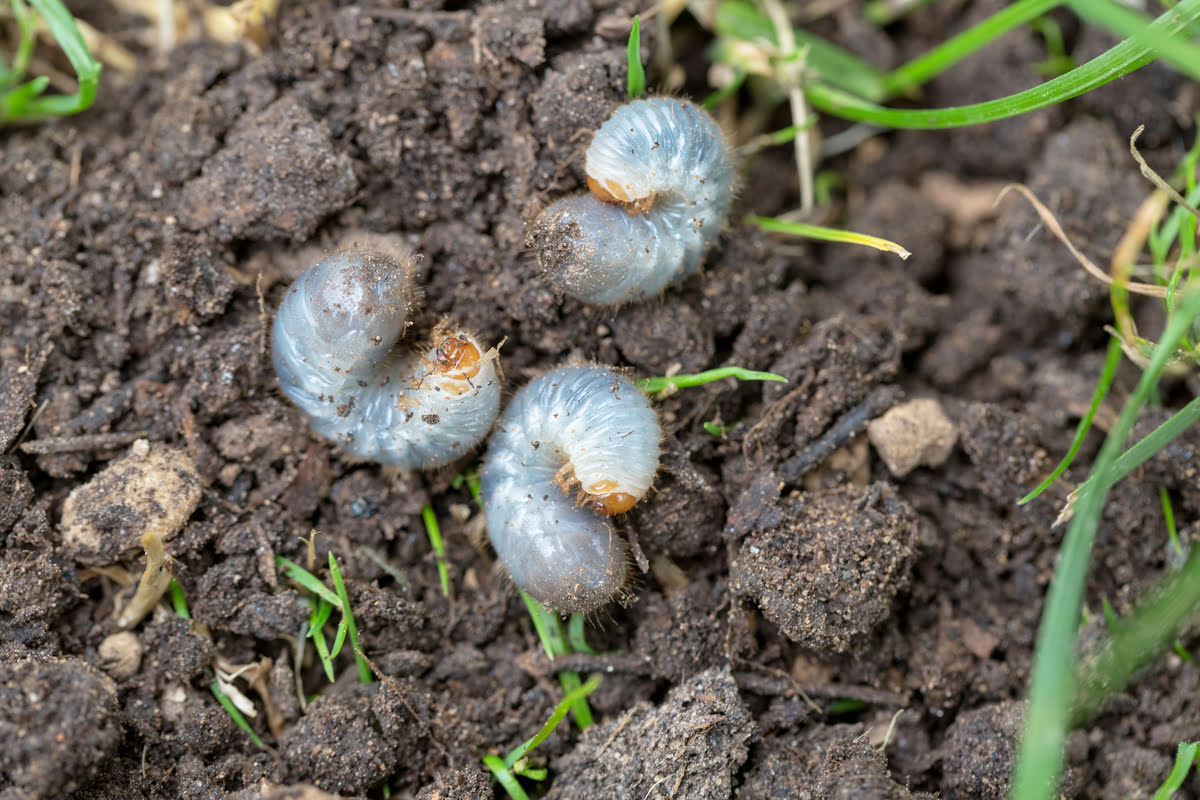
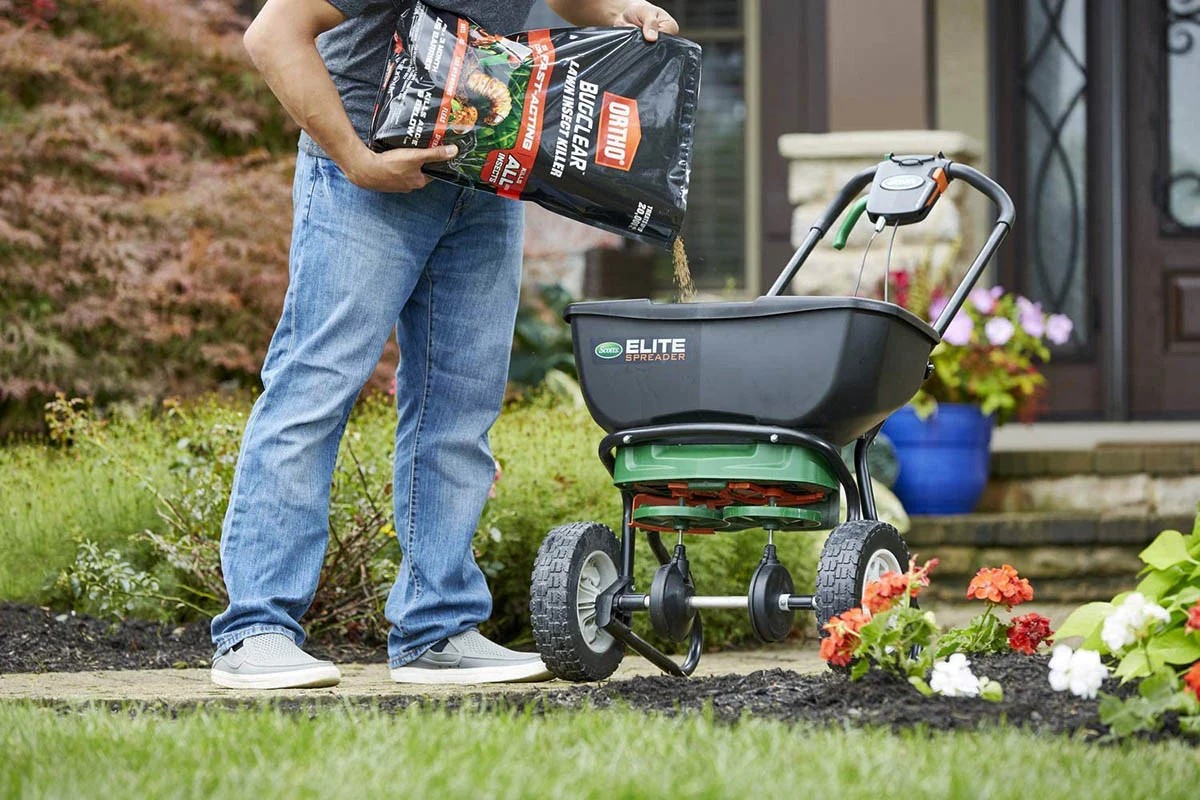
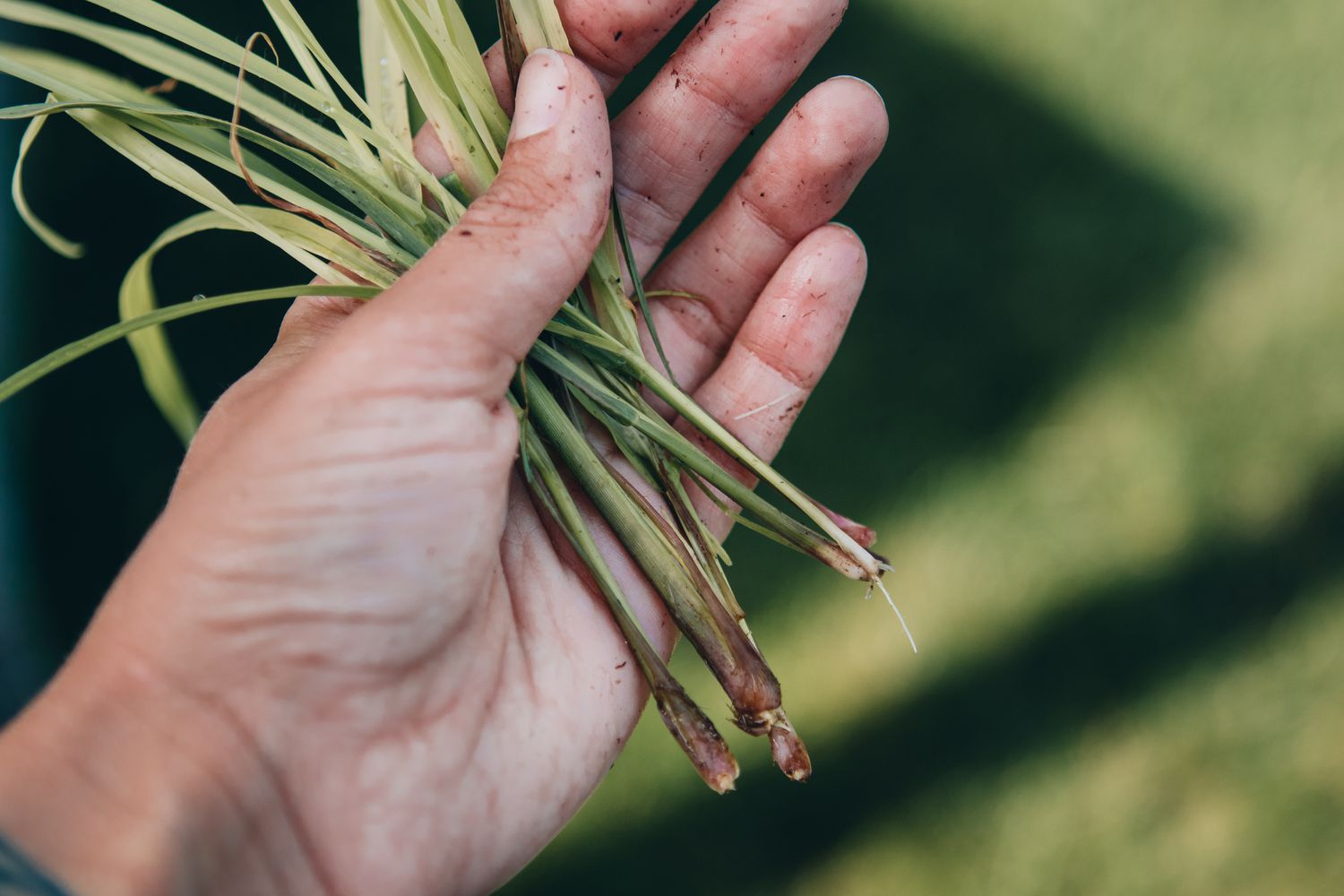
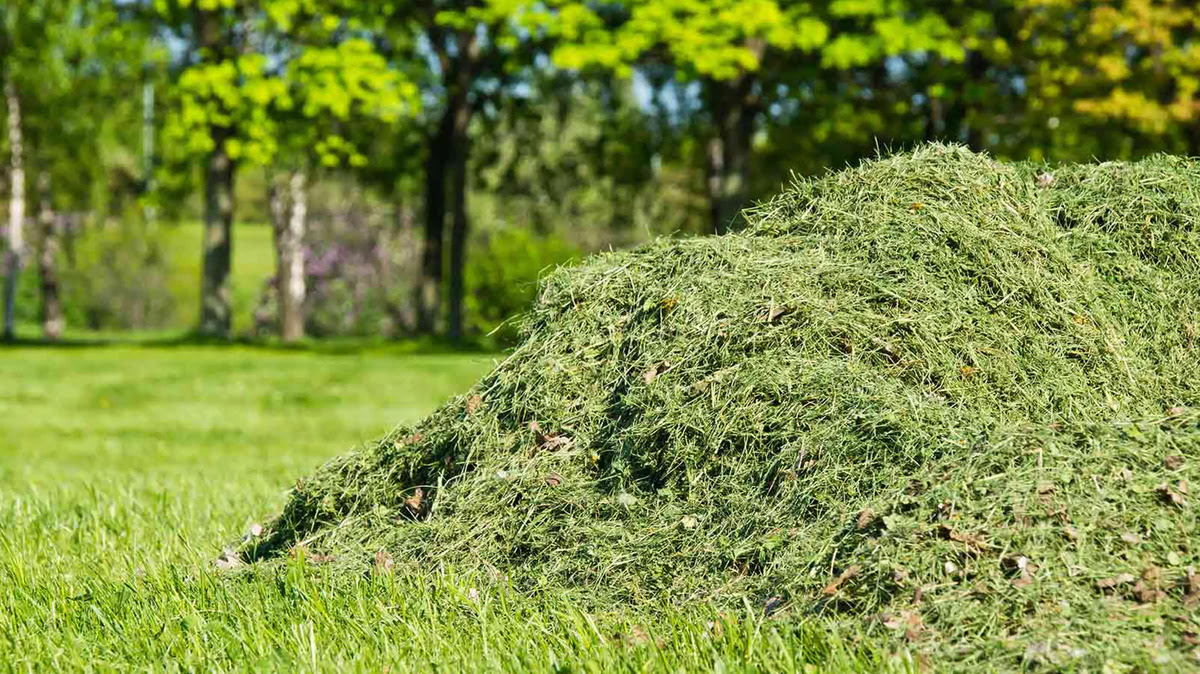
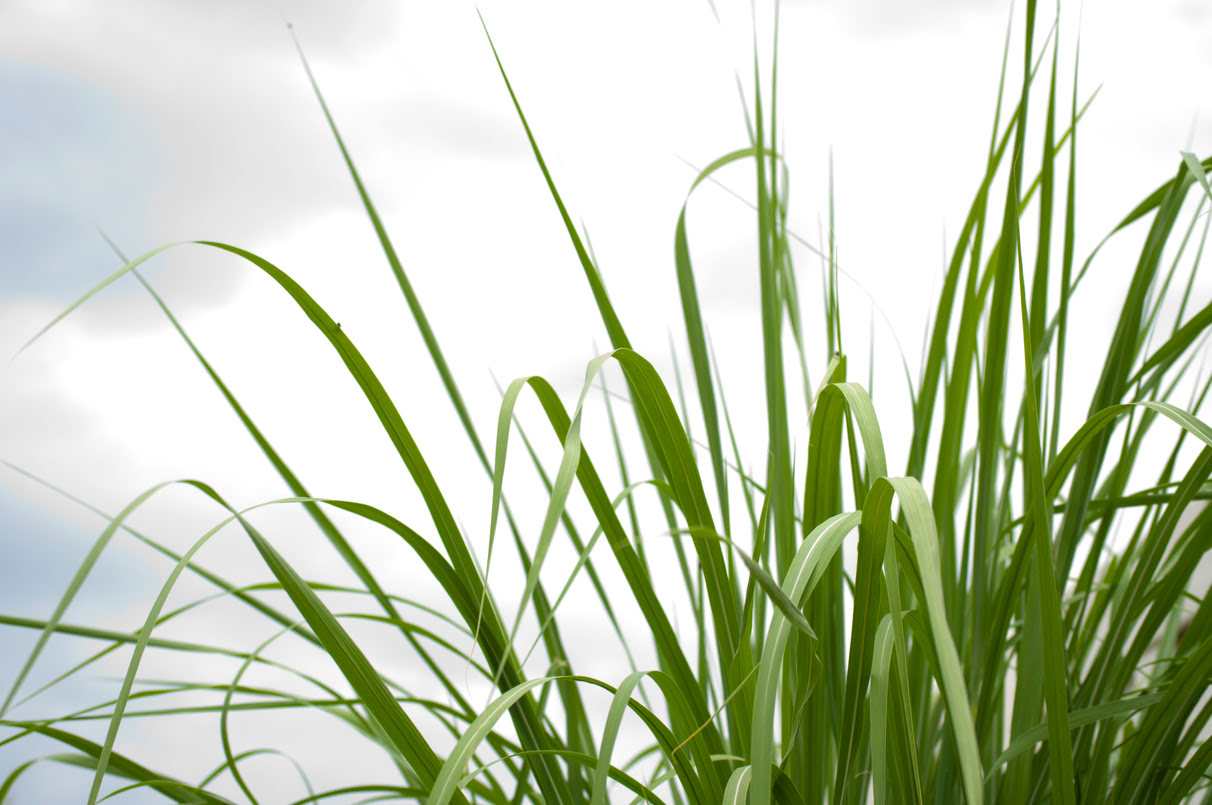
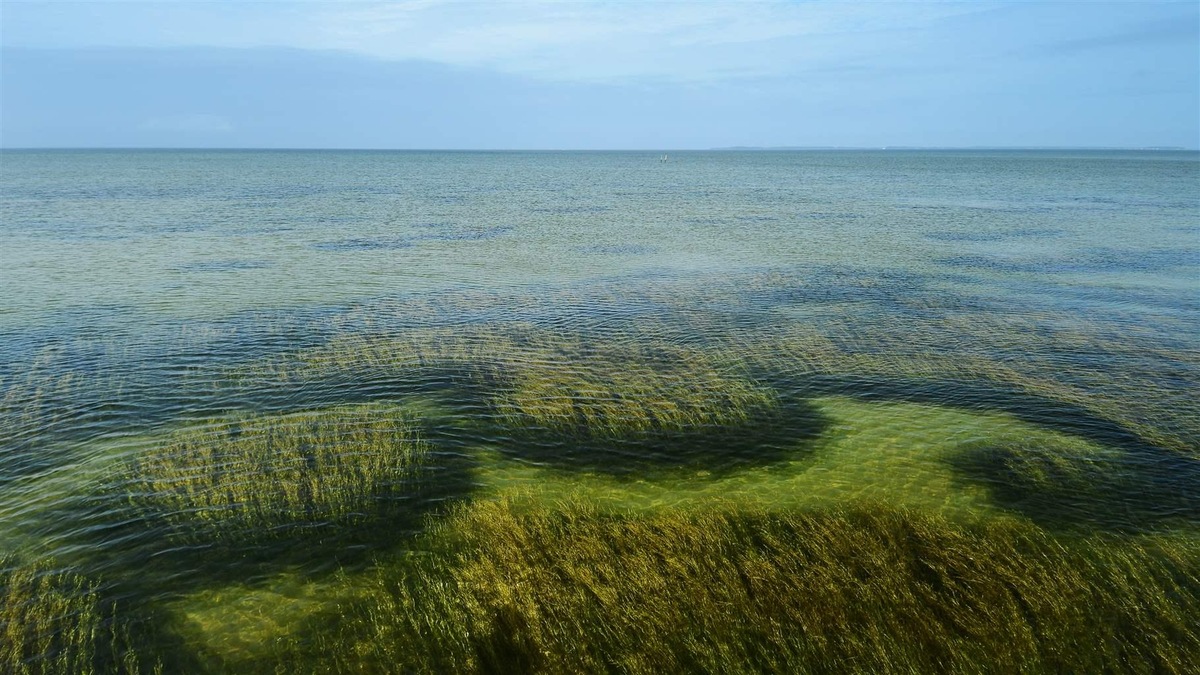
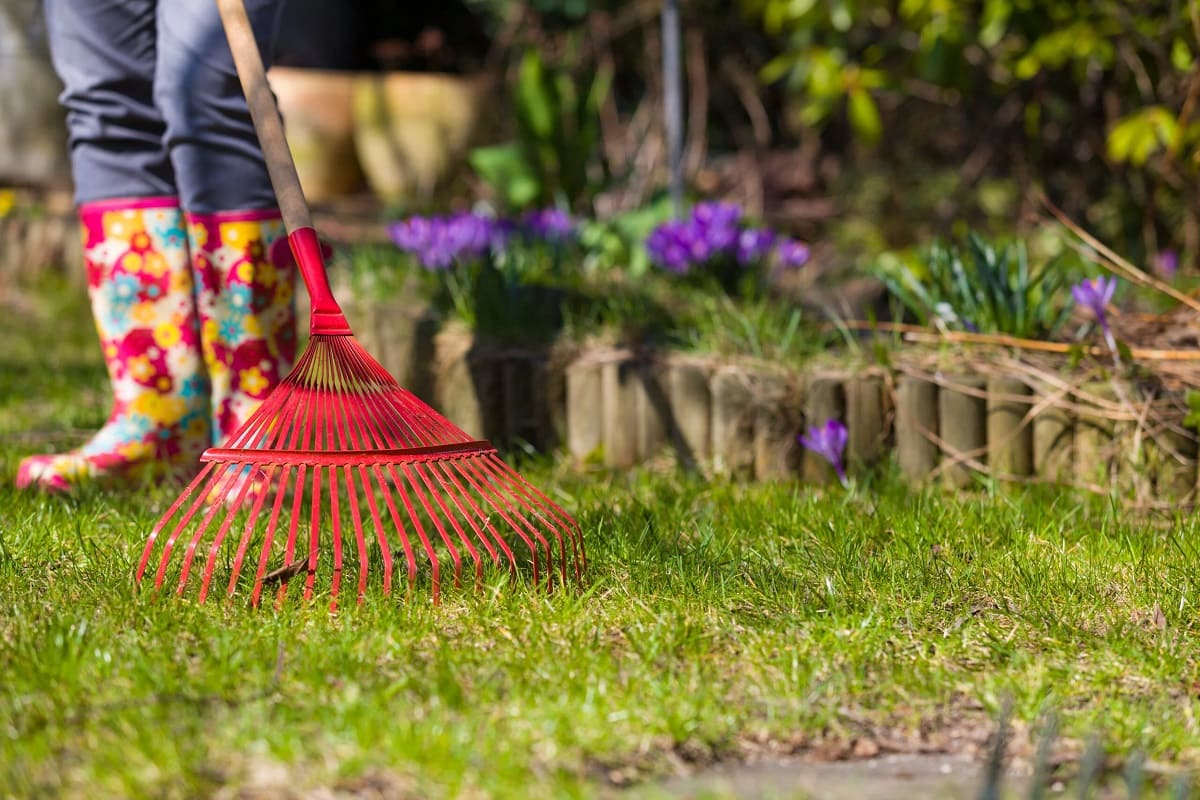
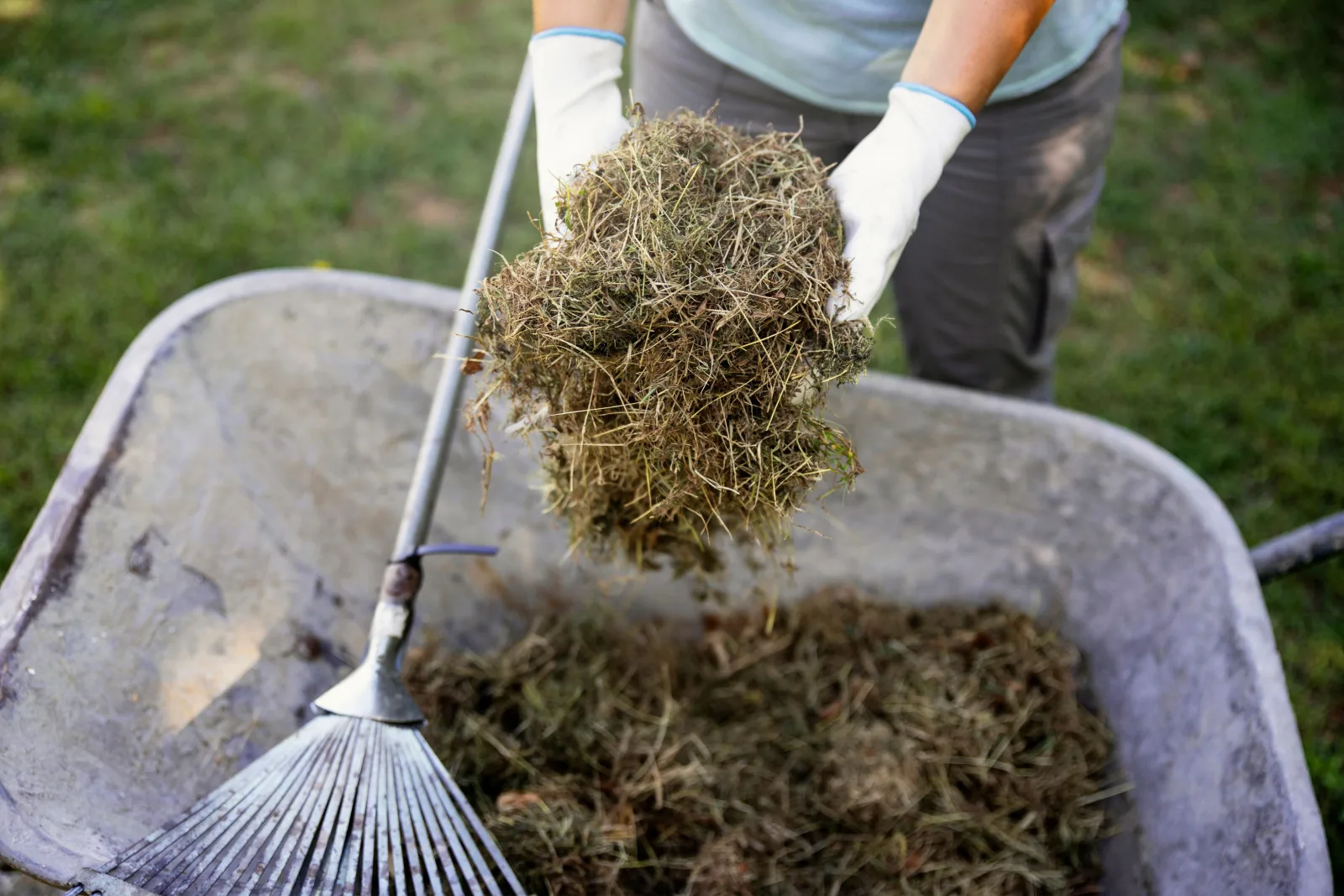
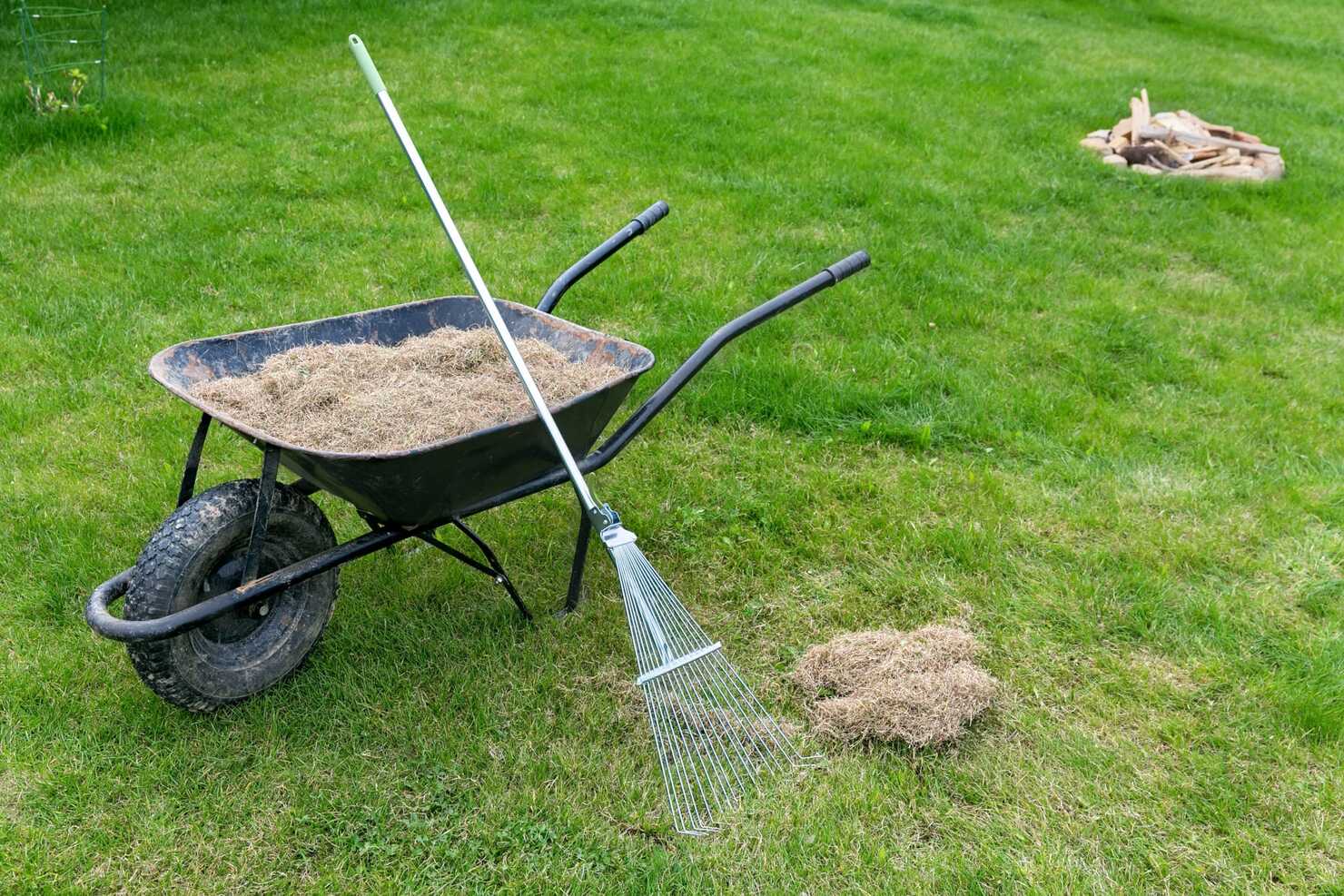

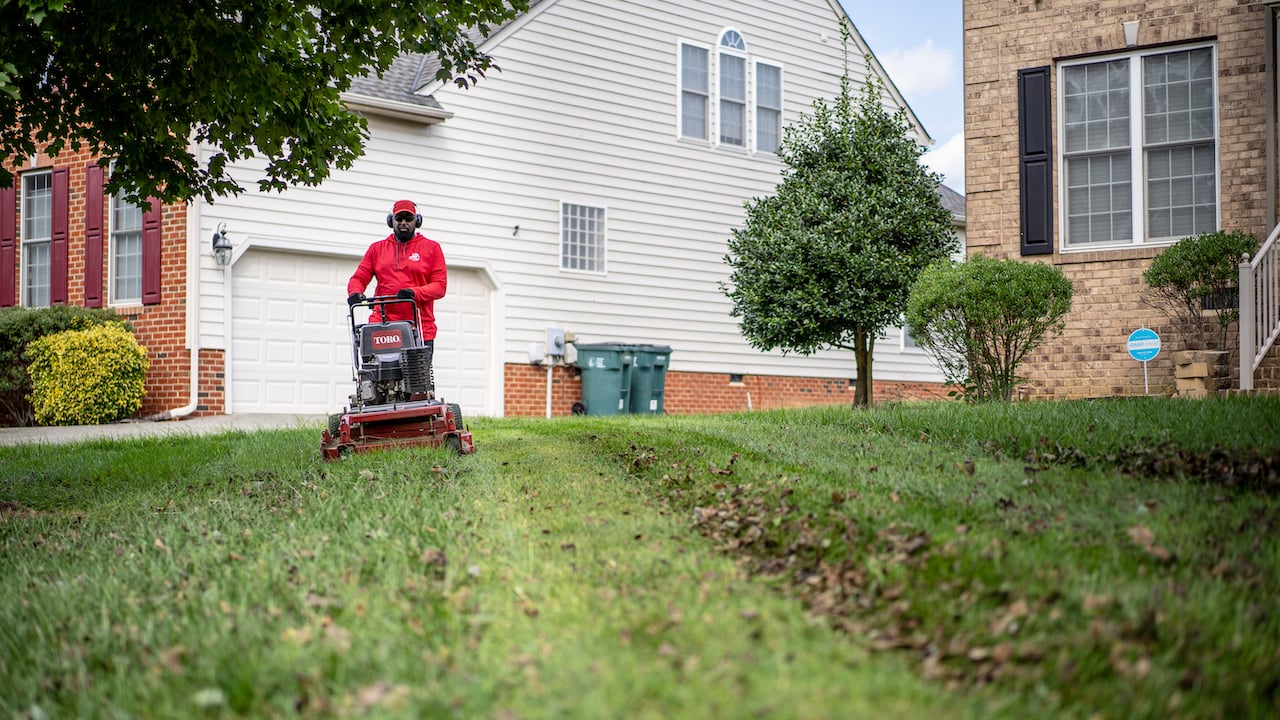

0 thoughts on “What Do Grubs Do To Grass”